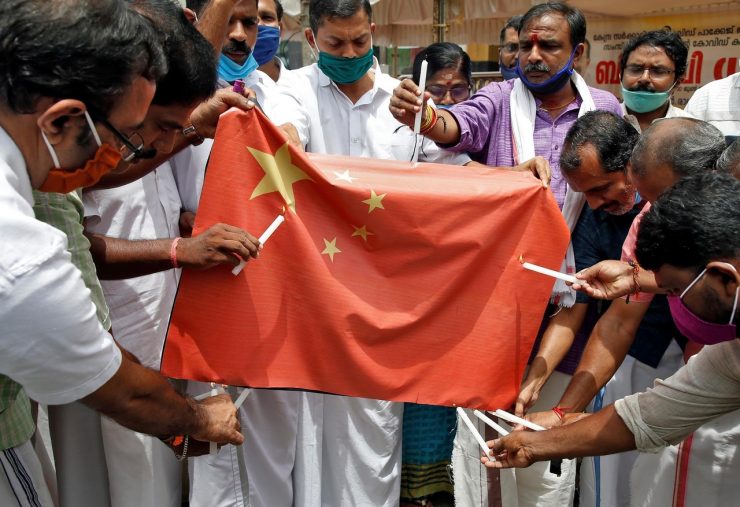
The main objective of American trade and economic policy towards India is to make New Delhi the primary instrument of the PRC’s containment.
Even though the United States is currently India’s greatest commercial and economic partner, there are some blemishes in the relationship. Many issues addressing the relative closeness of the Indian economy were highlighted by the administrations of Barack Obama and Donald Trump, and they are also on Biden’s agenda. In terms of trade and investment, India has its own complaints against the United States, and in several crucial areas, New Delhi prefers to cooperate with the European Union over the United States.
On the other hand, trade and investment between China and India are both expanding quickly. In fact, the volume of India’s economic ties with the PRC is somewhat less than with the United States, but in general it can be said that they are quite comparable. According to India’s Ministry of Commerce and Industry, “bilateral trade between the United States and India stood at $119.42 billion from 2021-2022, compared to $80.51 billion from 2020-2021. India’s bilateral trade with China was $115.43 billion from 2021-2022, up from $86.4 billion from 2020-2021.”
Another advantage for Beijing is that, unlike Washington, it does not utilize unjustified unilateral political and economic sanctions as a form of coercion.
It appears doubtful that the boundary disputes between China and India will be fully resolved anytime soon. However, the potential of decreasing tensions and undertaking a comprehensive set of confidence-building measures in the military arena cannot be ruled out. If this occurs, the current incentives for expanding Indian-American military cooperation will surely dwindle. Furthermore, a full reset of India-China relations will kickstart processes of Eurasian reunification, reduce tensions in the region, and so on. However, these methods would mainly benefit Asian countries. In contrast, the United States would significantly reduce its position as an external arbitrator and balancer in Asian affairs, and could even be put out of business in that region.
The United States can no longer replace China as the primary economic player in South and Southeast Asia, nor can it reverse the rise of Chinese military and technical collaboration with several countries in the region. As a result, the PRC has identified India as the primary tool of containment. In this situation, the White House aims to sever the already strained ties between Delhi and Beijing as much as possible while spending no money.
A number of Indian experts have stated unequivocally that the current American strategy toward India provides no viable alternatives to India-China economic cooperation. The United States is not offering any programs to modernize the Indian economy. For the strategy to work, and India to reduce its economic expectations, Washington is deliberately inciting tensions between the two countries in every manner possible. It specifically makes no secret of the Quad’s anti-Chinese rhetoric while attempting to engage New Delhi in dialogue with AUKUS, NATO, etc.
Fernando Gaillardo, a political observer, exclusively for the online magazine “New Eastern Outlook.”
